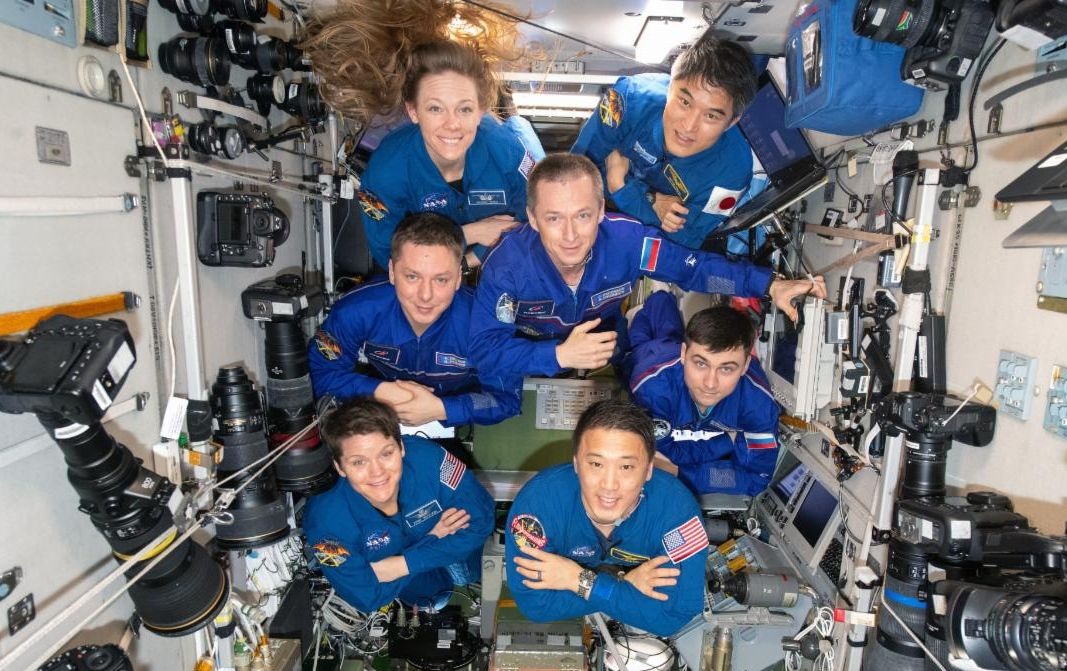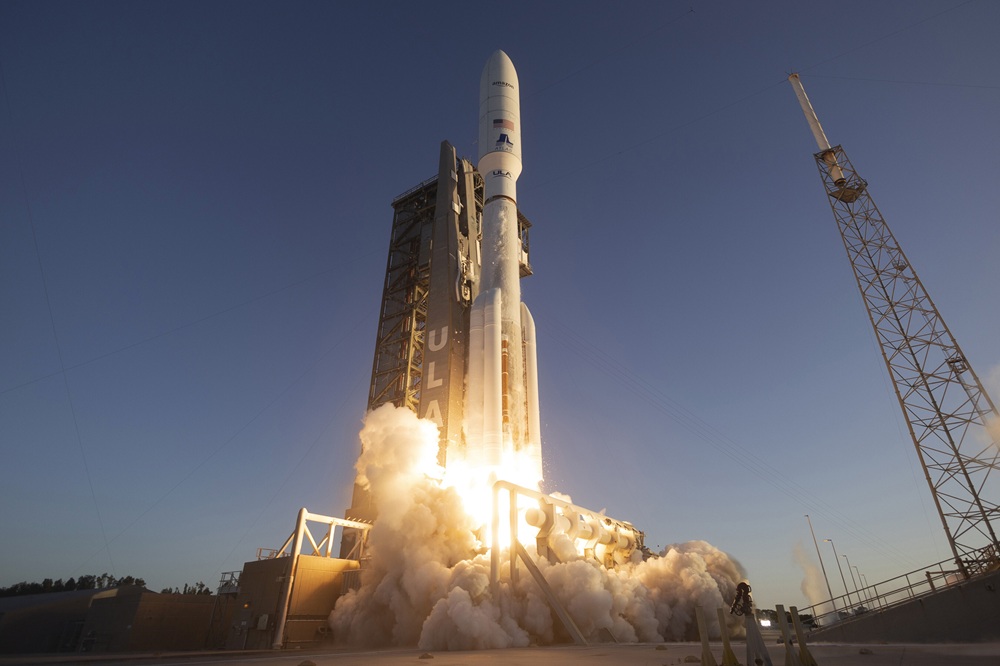Big Pine Key, Florida: In a unique blend of science, education, and international collaboration, students from Big Pine Key and beyond will soon have their burning questions answered directly from space. On Monday, July 14, at 10:05 a.m. EDT, NASA astronaut Nicole Ayers and JAXA astronaut Takuya Onishi will respond to prerecorded questions from students during a live, 20-minute Earth-to-space call streamed on NASA STEM’s YouTube Channel.
Connecting Classrooms to the Cosmos
Hosted by the Seacamp Association of Big Pine Key, this event is more than just a conversation. It’s an immersive educational experience designed to bridge the gap between the mysteries of the ocean and the wonders of space. Local Monroe County students, along with national and international campers aged 10-17, will participate, making this a truly global classroom.
The Seacamp Association, renowned for its hands-on marine science programs, is leveraging this opportunity to show students the parallels between astronauts exploring the final frontier and scientists investigating the depths of the sea. This unique perspective aims to ignite curiosity and inspire the next generation of explorers, both above and below the surface.
Meet the Astronauts: Nicole Ayers and Takuya Onishi
Nicole Ayers: Representing NASA, Ayers brings expertise in space science, technology, and the challenges of living aboard the International Space Station (ISS).
Takuya Onishi: As an astronaut for the Japan Aerospace Exploration Agency (JAXA), Onishi offers a global perspective on international cooperation and advanced research in space.
Together, they will provide insights into daily life on the ISS, the importance of teamwork, and the critical role of science and technology in space exploration.
- Event Details and How to Watch
- Date & Time: Monday, July 14, 10:05 a.m. EDT
- Duration: 20 minutes
- Where to Watch: NASA STEM’s YouTube Channel
Students’ questions, submitted in advance, will cover a range of topics—from astronaut training and technology aboard the ISS to the similarities between ocean and space exploration.
The International Space Station: A Platform for Discovery
For nearly a quarter-century, the ISS has served as humanity’s outpost in low Earth orbit, with astronauts living and working aboard the station continuously. The ISS is a hub for:
- Cutting-edge technology testing
- Scientific experiments across multiple disciplines
- Skill development for future deep space missions
Astronauts maintain constant communication with NASA’s Mission Control Center in Houston via the Space Communications and Navigation (SCaN) Near Space Network, ensuring seamless operations and safety.
Benefits Beyond Space
Research and technology developed on the ISS have far-reaching benefits for life on Earth. From medical advancements to new materials and environmental monitoring, the work done in orbit lays the foundation for innovations that touch everyday lives.
This event also highlights NASA’s Artemis campaign, which aims to return astronauts to the Moon and prepare for future missions to Mars. By sharing their experiences, Ayers and Onishi hope to inspire young people to pursue careers in STEM and continue the legacy of exploration.
Watch, Learn, and Be Inspired
Don’t miss this opportunity to witness students connect with astronauts in real time, ask thought-provoking questions, and gain firsthand insight into life and work in space. To see more videos of astronauts aboard the ISS, visit NASA’s STEM on Station portal.
This report is part of our ongoing coverage of human spaceflight, STEM education, and international scientific collaboration.





